90 Degree Rule Film The 180 degree rule deals with any framed spatial right to left or left to right relationship between a character and another character or object It is used to maintain consistent screen direction between the characters or between a character and an
90 degree rule The camera may never be placed 90 degrees facing the subject but rather set off the center to give an illusion of depth actualit s Events filmed as they were happening events that would be happening even if the camera weren t there Decoding the 90 Degree Rule in Film A Cinematic Guide 90 Degree Film Rule Uncover the secrets behind the 90 degree rule in film ensuring seamless story
90 Degree Rule Film

90 Degree Rule Film
https://i.ytimg.com/vi/TZU6BxgBtfs/maxresdefault.jpg

Blog background Murphy Photography And Film
https://i0.wp.com/quentinmurphyphotography.com/wp-content/uploads/2023/05/Murphy-Photography-Film-Logo-Grey.png?fit=5541%2C1537&ssl=1

180 Degree Rule In Film Explained By Sheshank PART 1 How To Break 180
https://i.ytimg.com/vi/oEpTBNCbu_k/maxresdefault.jpg
Shutter speed is a time measurement indicating how long the camera s shutter remains open to allow light to enter and expose the sensor or film Shutter angle on the other hand measures the physical angle of rotation of the shutter blades in a film or video camera Usually rules such as the 180 degree rule exist because they are going to work for a majority of not close to 99 of shots scenes There are instances when a smaller larger shutter angle may help tell the story or evoke emotion better
In filmmaking the 180 degree rule 1 is a basic guideline regarding the on screen spatial relationship between a character and another character or object within a scene The rule states that the camera should be kept on one side of an imaginary axis between two characters so that the first character is always frame right of the second One common way that the filmmaker edits scenes is by using rigid 90 degree or 180 degree changes between cuts giving an artificial feel to Anderson s movies David Bordwell describes this type of editing as compass point editing where the camera moves in 90 degree increments like a compass pointing in the four cardinal directions
More picture related to 90 Degree Rule Film

Breaking The 180 Degree Rule For BETTER Storytelling Crossing The 180
https://i.ytimg.com/vi/e-QbgIpK3zM/maxresdefault.jpg

Film Making Introduction To The 180 Degree Rule And The Axis Of
https://i.ytimg.com/vi/uhzrqPJIohI/maxresdefault.jpg

The 180 Degree Rule 180 Degree Rule Film Filmmaking
https://i.pinimg.com/originals/79/9a/6b/799a6b73f28179c4e8e9ea99f5675db9.jpg
In this post we re going to cover three simple rules of filmmaking that absolutely everyone needs to know the 180 degree rule 30 rule and 20 degree rule Screen direction is one of the basics of filmmaking that will help you ensure continuity 90 degree rule For the 90 degree rule the camera may never be placed 90 degrees facing the subject Rather it should be set off the center to give an illusion of depth
The 180 degree rule is a filmmaking guideline for spatial relations between two characters on screen The 180 rule sets an imaginary axis or eye line between two characters or between a character and an object Perhaps one of the most vaunted of these rules is the 180 Degree Rule A new video from Fandor shows how many master filmmakers break this rule s tenets the reasons why and what effects they achieve

Breaking Down The 180 Degree Rule 180 Degree Rule Filmmaking
https://i.pinimg.com/originals/48/8f/5b/488f5b3d3b5ec2c4a7bd9fb53d27a00a.jpg
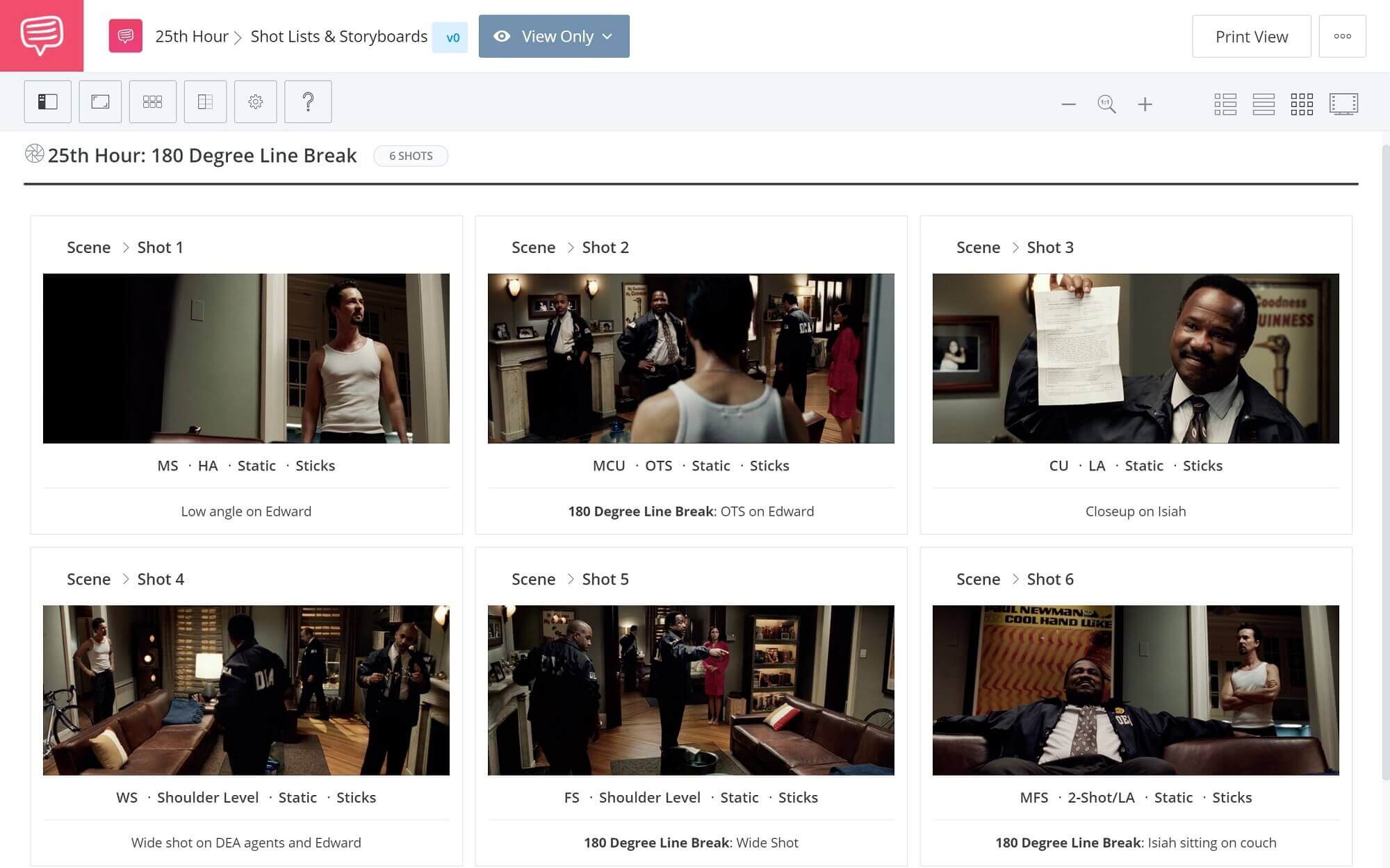
30 Degree Line
https://s.studiobinder.com/wp-content/uploads/2020/10/180-Degree-Rule-Crossing-the-Line-25th-Hour-StudioBinder-Shot-List.jpg

https://2822digitalcinematography.wordpress.com › ...
The 180 degree rule deals with any framed spatial right to left or left to right relationship between a character and another character or object It is used to maintain consistent screen direction between the characters or between a character and an

https://routledgetextbooks.com › textbooks › glossary.php
90 degree rule The camera may never be placed 90 degrees facing the subject but rather set off the center to give an illusion of depth actualit s Events filmed as they were happening events that would be happening even if the camera weren t there

Film School Shot Reverse Shot And The 180 Rule Viewinder

Breaking Down The 180 Degree Rule 180 Degree Rule Filmmaking
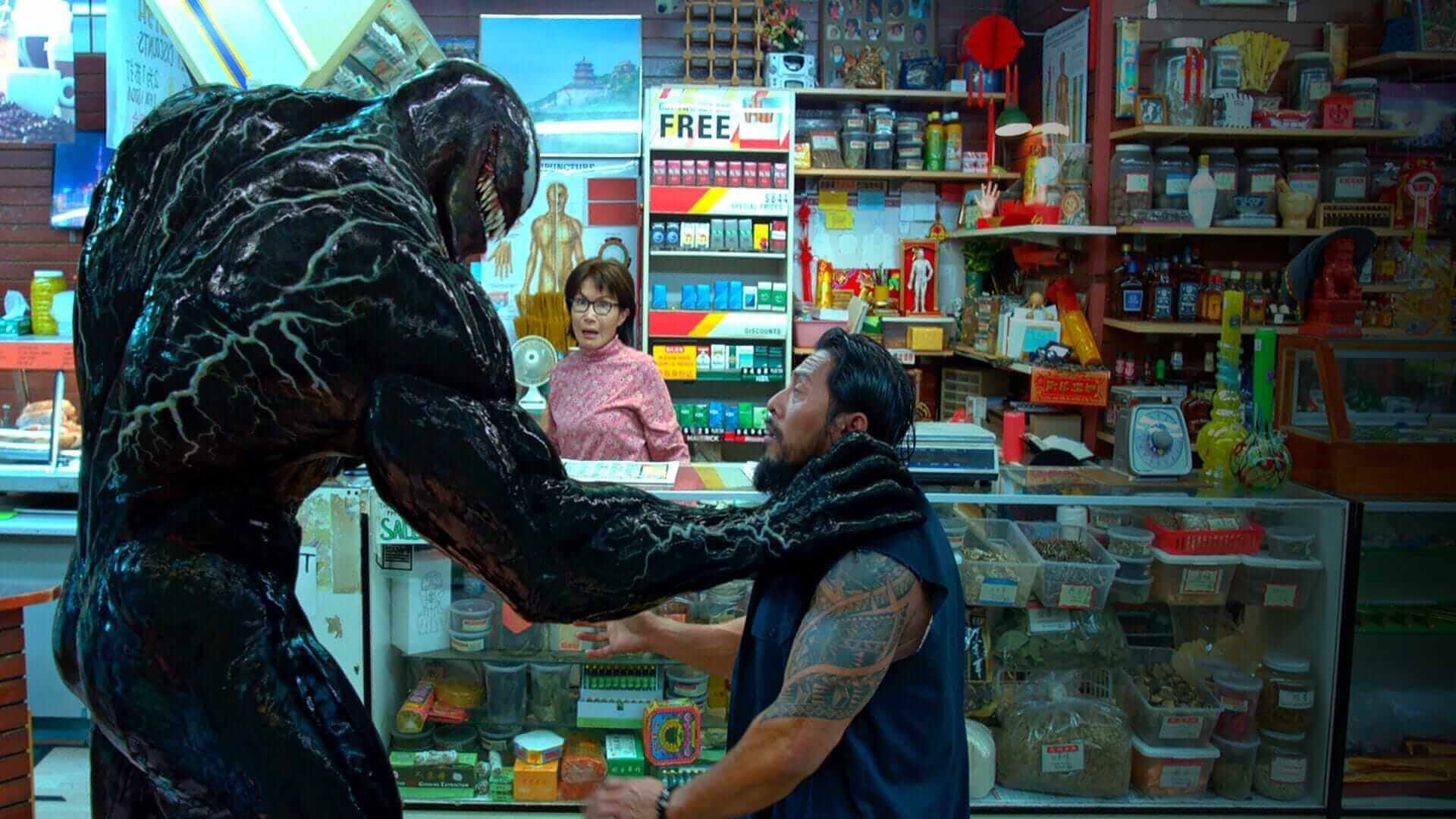
180 Degree Rule
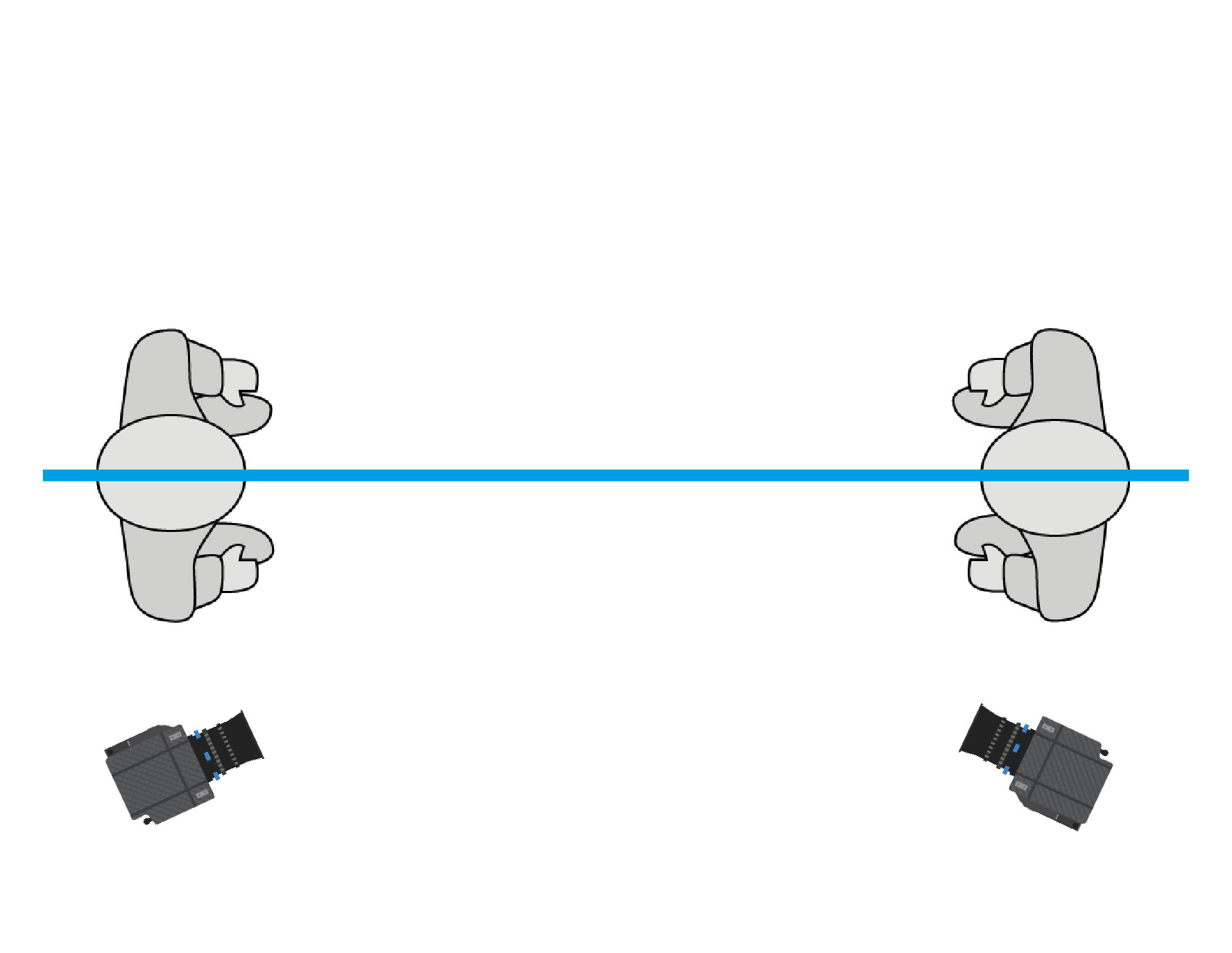
180 Degree Rule
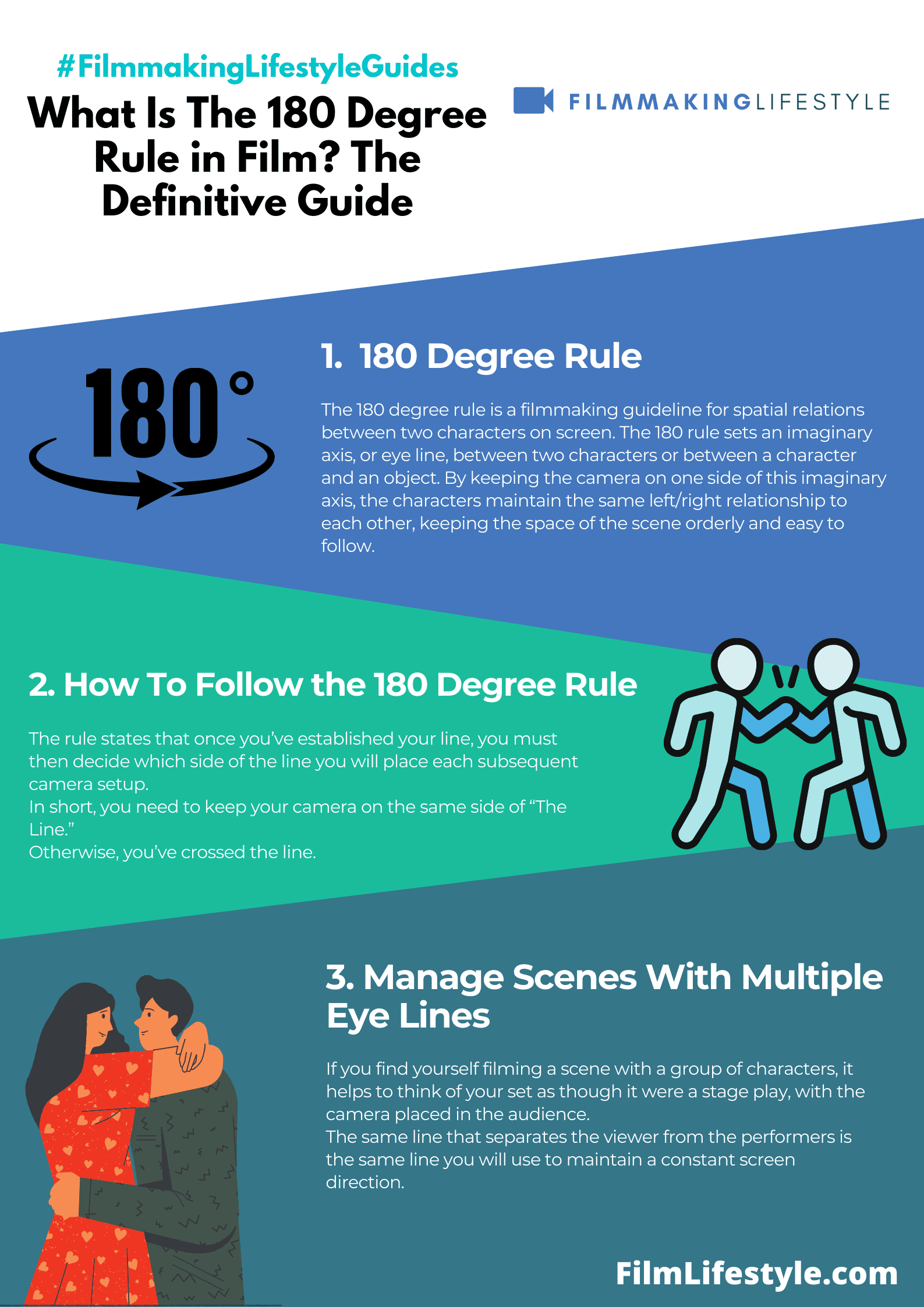
180 Degree Rule

180 Degree Rule

180 Degree Rule
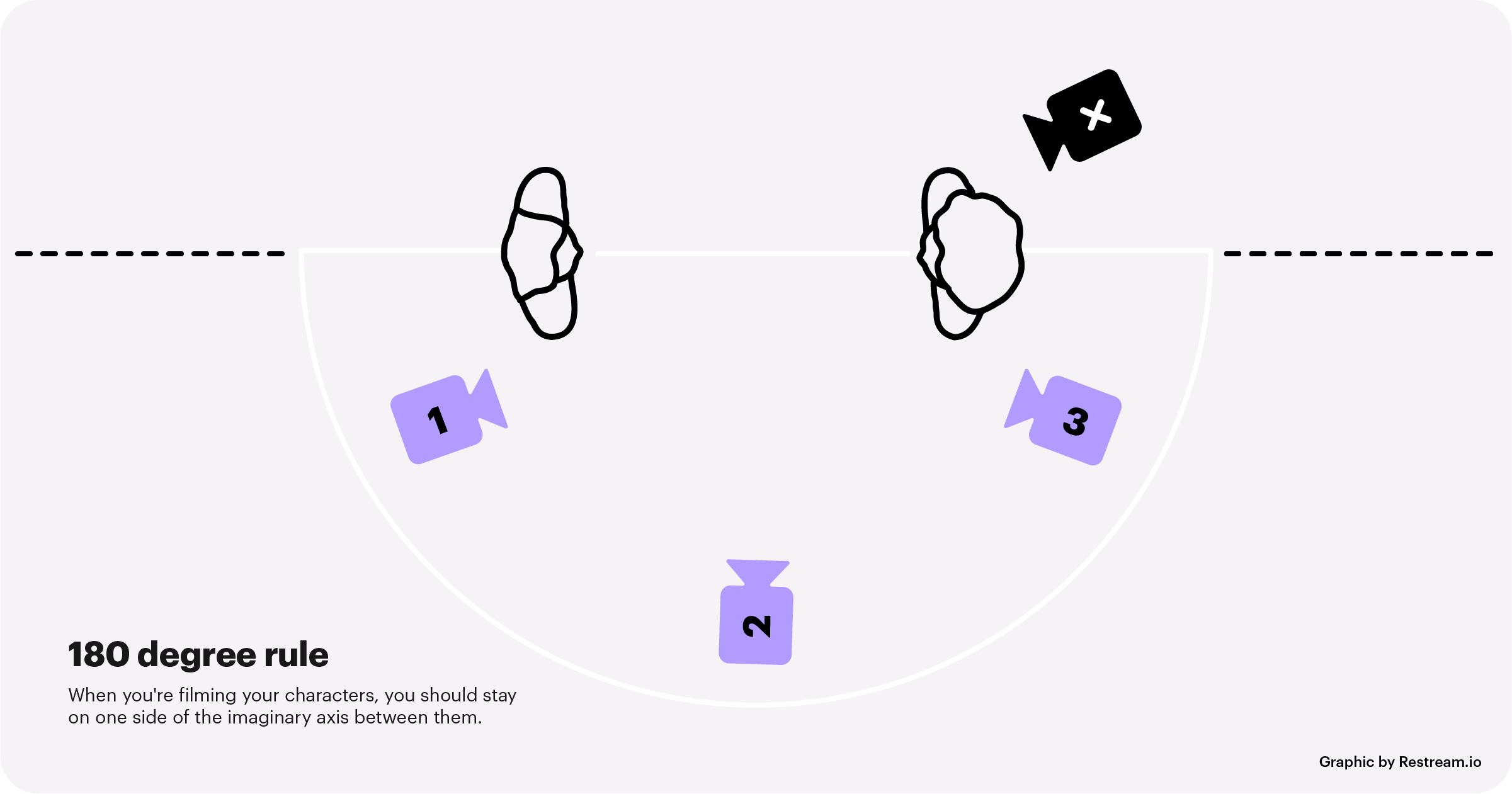
The 180 Degree Rule Explained Restream Blog

The 180 Degree Rule Explained Restream Blog
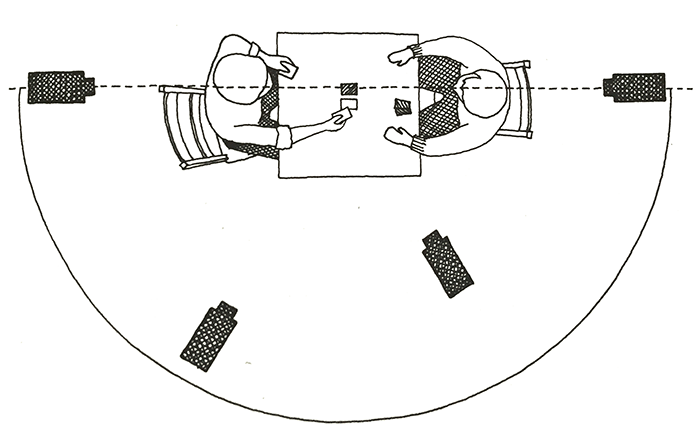
Induction Olly Staniland s Film Studies Blog
90 Degree Rule Film - One common way that the filmmaker edits scenes is by using rigid 90 degree or 180 degree changes between cuts giving an artificial feel to Anderson s movies David Bordwell describes this type of editing as compass point editing where the camera moves in 90 degree increments like a compass pointing in the four cardinal directions